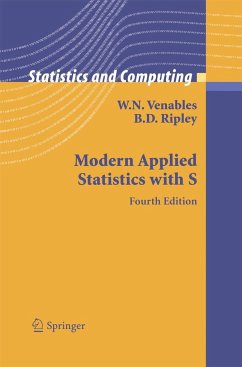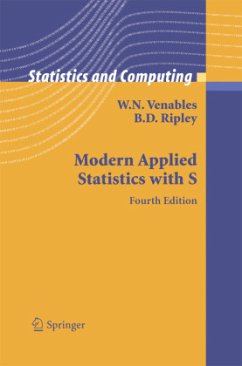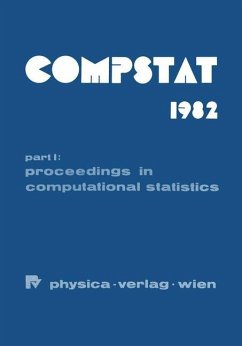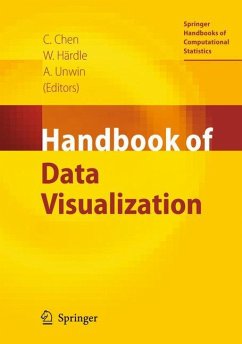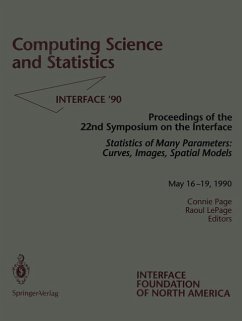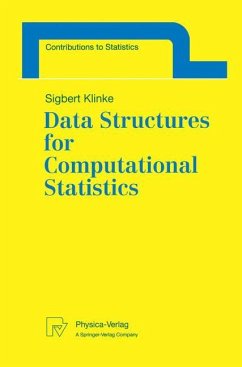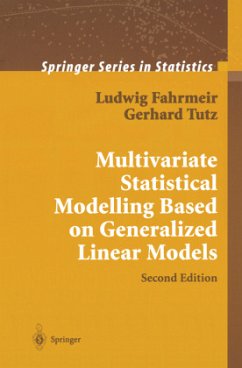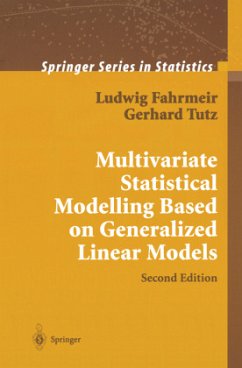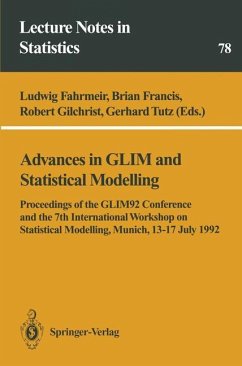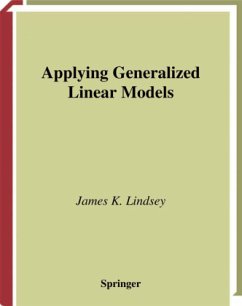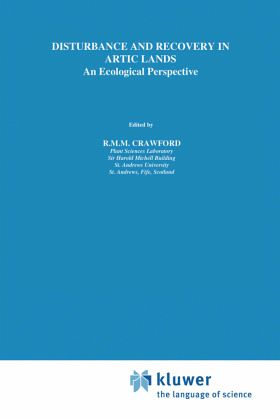
XploRe: An Interactive Statistical Computing Environment
Versandkostenfrei!
Versandfertig in 6-10 Tagen
38,99 €
inkl. MwSt.
Weitere Ausgaben:

PAYBACK Punkte
19 °P sammeln!
This book describes an interactive statistical computing environment called 1 XploRe. As the name suggests, support for exploratory statistical analysis is given by a variety of computational tools. XploRe is a matrix-oriented statistical language with a comprehensive set of basic statistical operations that provides highly interactive graphics, as well as a programming environ ment for user-written macros; it offers hard-wired smoothing procedures for effective high-dimensional data analysis. Its highly dynamic graphic capa bilities make it possible to construct student-level front ends for t...
This book describes an interactive statistical computing environment called 1 XploRe. As the name suggests, support for exploratory statistical analysis is given by a variety of computational tools. XploRe is a matrix-oriented statistical language with a comprehensive set of basic statistical operations that provides highly interactive graphics, as well as a programming environ ment for user-written macros; it offers hard-wired smoothing procedures for effective high-dimensional data analysis. Its highly dynamic graphic capa bilities make it possible to construct student-level front ends for teaching basic elements of statistics. Hot keys make it an easy-to-use computing environment for statistical analysis. The primary objective of this book is to show how the XploRe system can be used as an effective computing environment for a large number of statistical tasks. The computing tasks we consider range from basic data matrix manipulations to interactive customizing of graphs and dynamic fit ting of high-dimensional statistical models. The XploRe language is similar to other statistical languages and offers an interactive help system that can be extended to user-written algorithms. The language is intuitive and read ers with access to other systems can, without major difficulty, reproduce the examples presented here and use them as a basis for further investigation.





